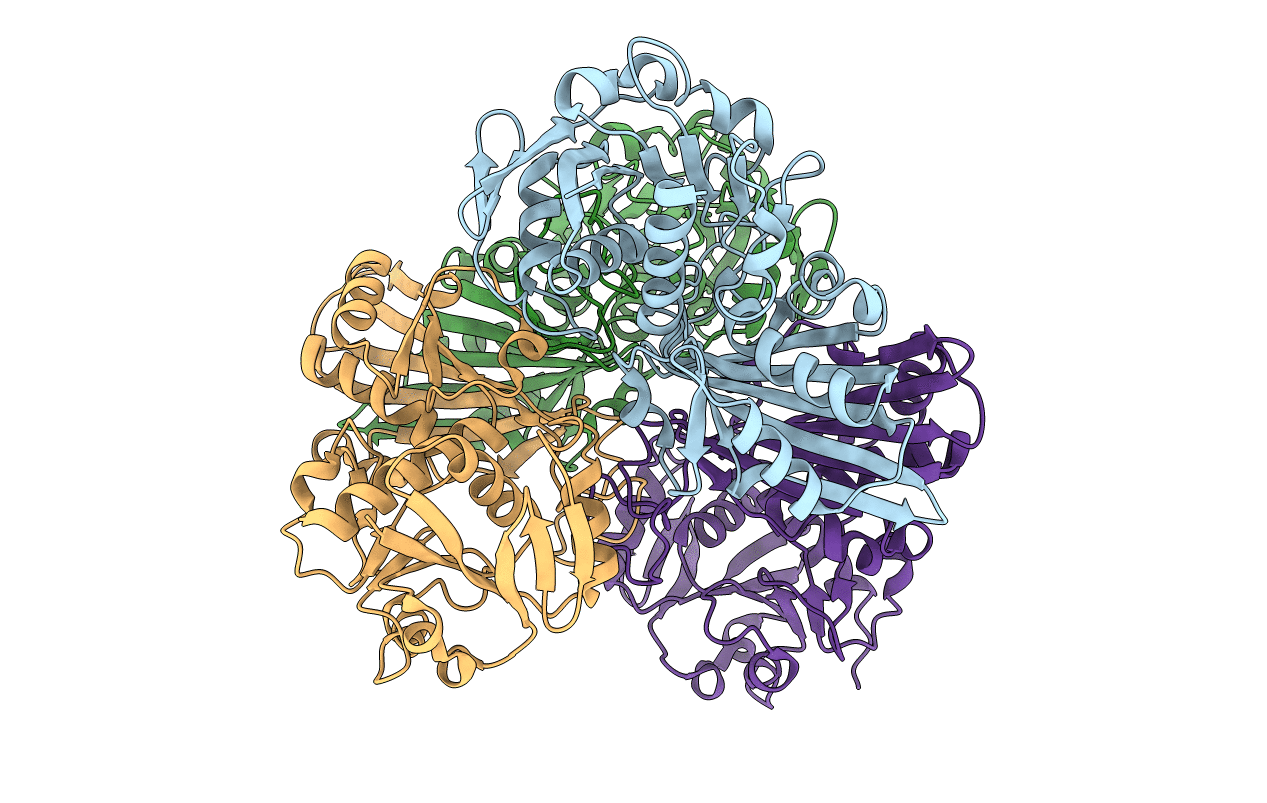
Deposition Date
2018-09-15
Release Date
2019-01-02
Last Version Date
2023-11-22
Entry Detail
Biological Source:
Source Organism:
Streptococcus agalactiae NEM316 (Taxon ID: 211110)
Host Organism:
Method Details:
Experimental Method:
Resolution:
2.60 Å
R-Value Free:
0.24
R-Value Work:
0.20
R-Value Observed:
0.20
Space Group:
P 21 21 21


